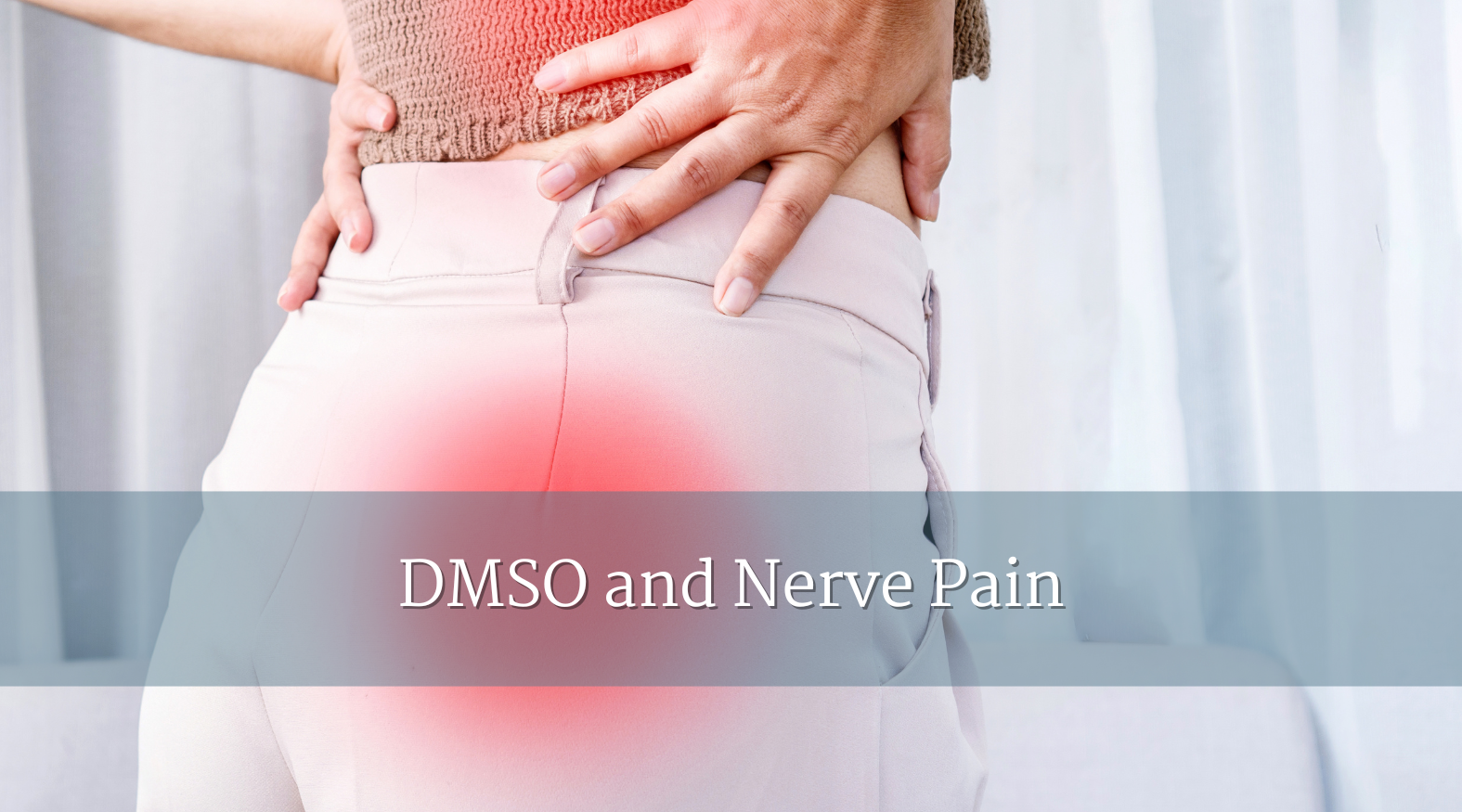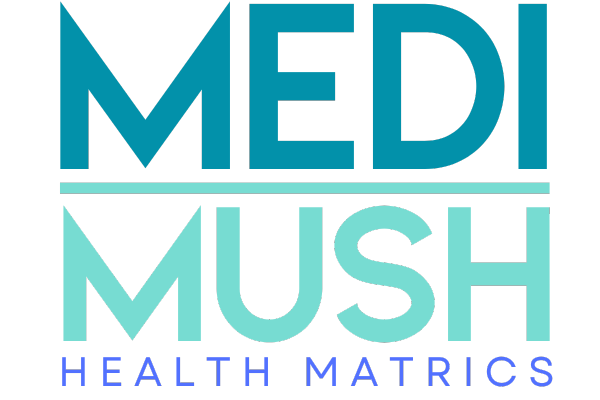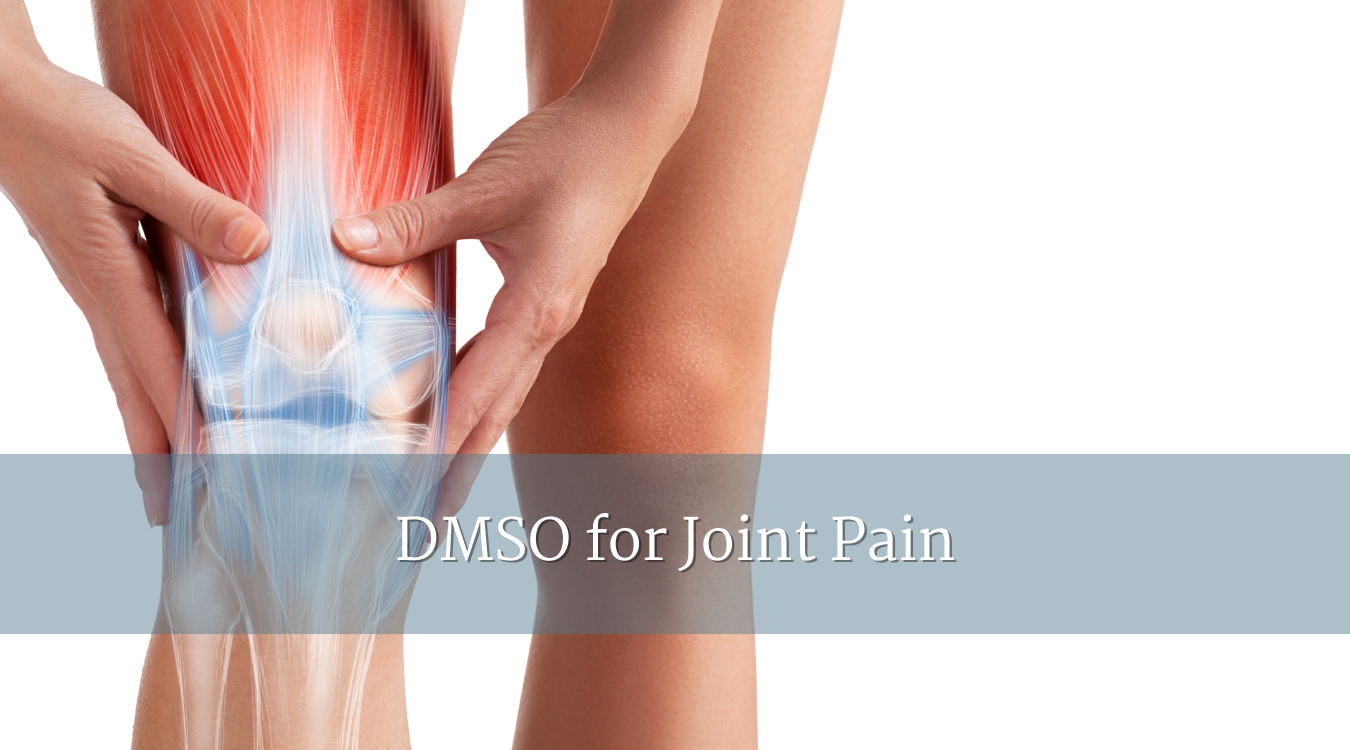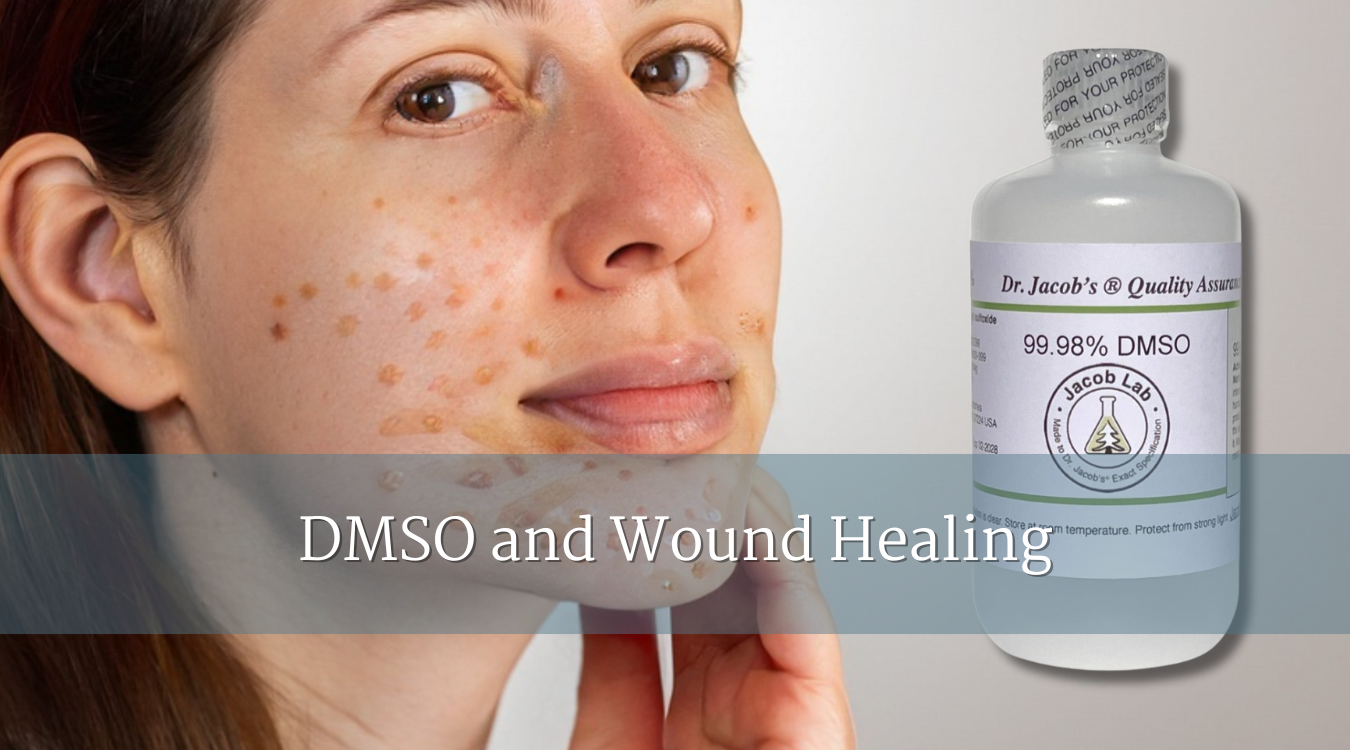
DMSO and Nerve Pain: What the Research Shows
Nerve pain is different from other kinds of pain. It can feel sharp, burning, tingling, or like electric shocks running through the body. For many people, it becomes a constant companion — exhausting and difficult to treat. Conventional medications often only dull the pain temporarily, and they can come with side effects.
This is why some people are looking to DMSO (dimethyl sulfoxide) as a possible ally. Best known for its deep penetration into tissue and strong anti-inflammatory properties, DMSO has been studied in connection with nerve injuries and pain relief. But how strong is the evidence, and what does holistic wisdom suggest?
The Science: DMSO and Nerve Function
When nerves are damaged — whether through injury, diabetes, or chronic inflammation — they can misfire, sending pain signals when there’s no real danger.
DMSO may support nerve health in several ways:
-
Anti-inflammatory effects: Nerve pain often involves inflammation around the nerve sheath. DMSO reduces inflammatory messengers, easing pressure and irritation.
-
Pain signal modulation: Studies suggest DMSO interacts with nerve pathways, dampening overactive pain signals.
-
Antioxidant action: DMSO neutralises free radicals that damage nerve cells, potentially slowing further injury.
-
Circulation support: By improving local blood flow, DMSO may help supply oxygen and nutrients to healing nerves.
Animal studies on nerve compression and neuropathy have shown improvements in pain thresholds and healing speed with DMSO use. Human evidence is more limited but promising enough to keep researchers and natural health practitioners interested.
🌿 TCM Insights: Nerve Pain as “Blocked Channels”
In Traditional Chinese Medicine (TCM), nerve pain resembles what is called Qi and Blood obstruction along the meridians. This blockage may be caused by stagnation, “dampness,” or deficiency that prevents smooth flow of energy through the body.
Treatment strategies include:
-
Acupuncture to open blocked channels and calm nerve pathways.
-
Warming herbs to dispel “cold” that may aggravate nerve pain.
-
Blood-nourishing teas like goji berry and jujube to strengthen underlying deficiencies.
DMSO, with its ability to penetrate and improve circulation, aligns with this idea of restoring flow and easing stagnation. Some practitioners see it as a modern tool that mirrors age-old principles of opening blocked channels.
🧴 Practical Ways People Use DMSO for Nerve Pain
While not a mainstream therapy, people experimenting with DMSO often report relief for nerve-related pain, including sciatica, neuropathy, and nerve injuries. Common approaches include:
-
Topical application: Diluted DMSO (around 70%) rubbed onto areas of nerve pain, such as lower back, legs, or hands.
-
Combination use: Some mix DMSO with magnesium oil, MSM, or herbal liniments, letting DMSO carry them deeper into tissue.
-
Consistency: Regular applications are seen as more effective than one-off use, especially for chronic pain.
💡 Important: Because DMSO carries substances through the skin barrier, only use it with pure, safe agents you’d be comfortable taking internally.
⚠️ Safety First
-
Stick to pharmaceutical-grade DMSO only.
-
Avoid applying to broken skin.
-
Watch for mild skin irritation or dryness — common but usually temporary.
-
Always patch test first.
-
Remember the temporary garlic-like odor — harmless, but distinctive.
As always, consult a professional if you have chronic nerve pain. DMSO may support, but it’s not a replacement for medical care.
The Bigger Picture
Imagine sciatic pain easing enough for you to enjoy a walk again, or tingling in your feet calming so you can finally sleep better. That’s the hope many people have when turning to DMSO.
As a nutritionist and TCM practitioner, I believe in combining approaches. Supporting nerve health means more than just one substance — it means eating anti-inflammatory foods, keeping blood sugar balanced (critical in diabetic neuropathy), staying active with gentle exercise, and calming the nervous system with stress-reducing practices like qigong or meditation.
DMSO may not be the whole solution, but it can be a helpful piece of the healing puzzle.
Where to Learn More
-
Related: DMSO for Pain Relief
-
Foundation: What is DMSO and How Does It Work?




 DMSO for Joint Pain: Can Topical Use Really Help?
DMSO for Joint Pain: Can Topical Use Really Help?
 Does DMSO Help with Toothache?
Does DMSO Help with Toothache?














